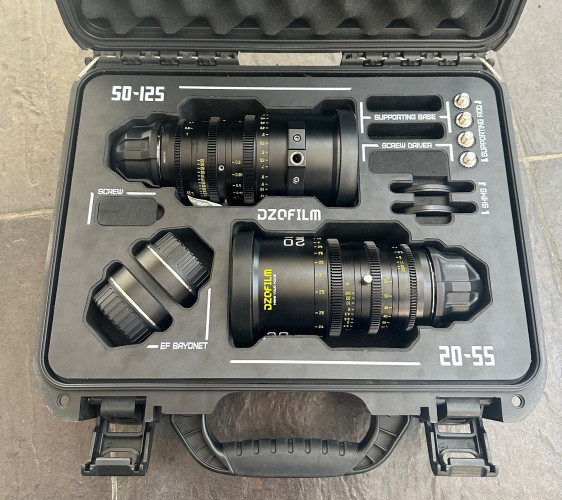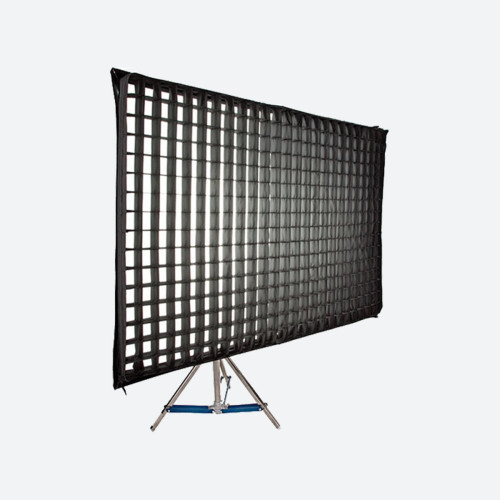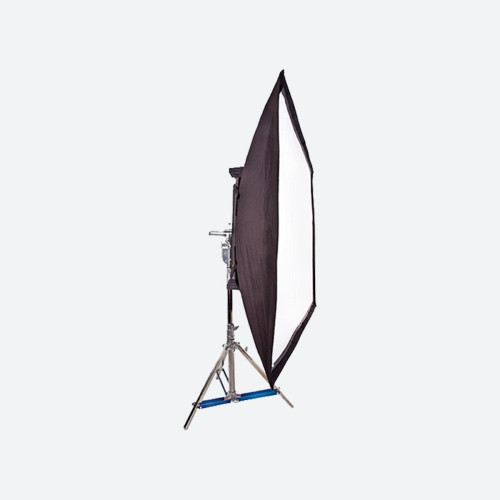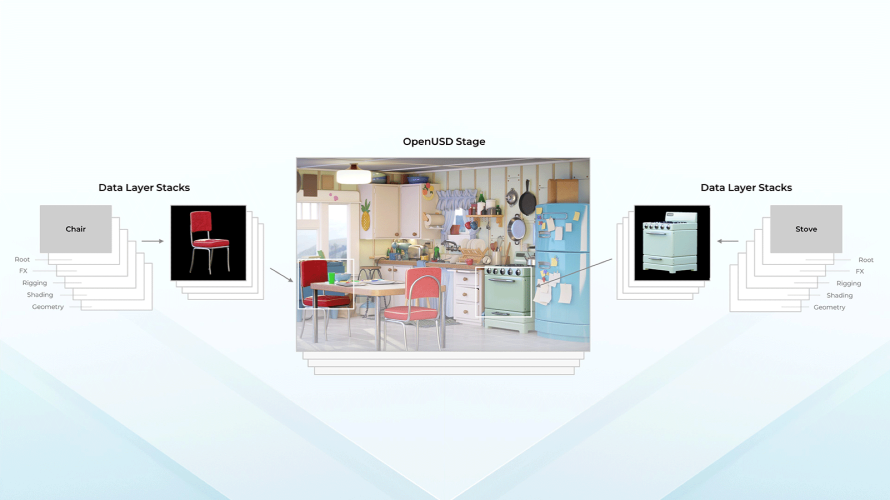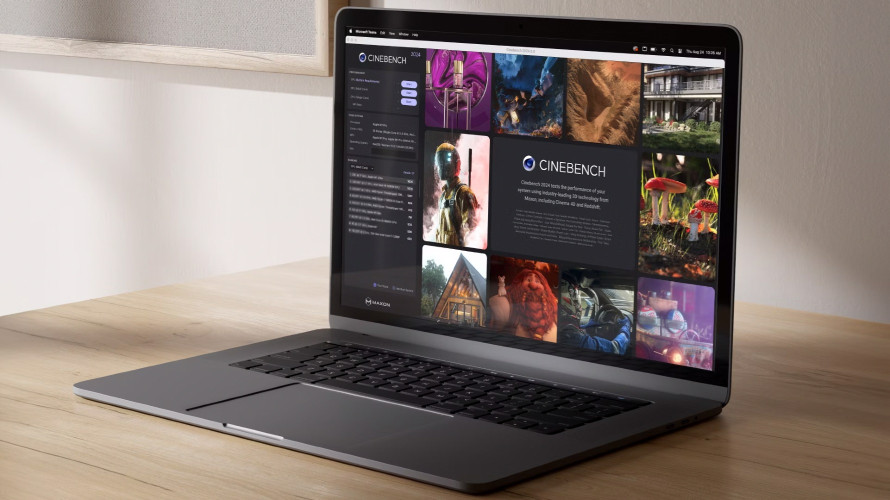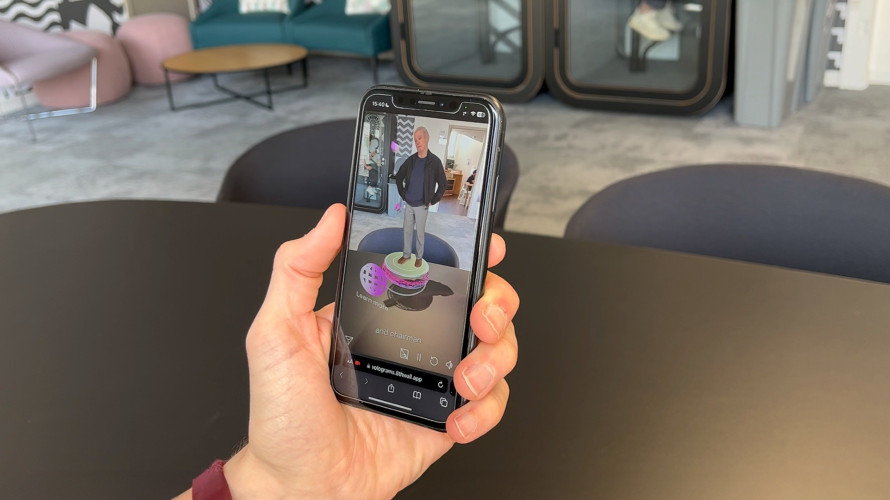The 3D Masters conference was full of optimism, and caution, for the future of stereoscopic 3D. The one-day event was a near sell-out with about 250 attendees filling most of those sumptuous theatre seats at BAFTA. Despite the comfort, warmth, darkened room and good lunch, your correspondent managed to keep wide-awake to absorb the ceaseless torrent of facts, figures, advice and comment. It was all good stuff but it was rather... stuffed into a one-day programme. Many of the speakers you knew had far more to say but could not say everything in the allotted 10 minutes that many were restricted to - but still preferable to the alternative two-day stretch.
The opening words from chairman John Ive (IveTech) set the scene saying, “2D to 3D is much more of a move than from SD to HD. From my first experience of the World Cup live in 3D, I realise we still have a lot to learn in production, distribution and presentation.” This was not to belittle the great strides that have been taken in a very short time, but that there’s more to learn and implement to improve 3DTV.
This point was emphasised in Chris John’s (Chief Engineer BskyB) keynote when he observed that four years ago the big thing was showing the World Cup in HD. He wondered what format the next World Cup be shot in. Stating that, “2010 is the year when 3DTV takes off,” he described how the technology was coming together with 3DTV sets arriving onto the market now, in good time for Sky’s 3D launch in the autumn. He also stated that top-tier customers could see it now on Ch 217 at no extra charge – if you call Sky and ask.
One of the many unknowns is how the business model will work. John described how the 1000 pubs and clubs in the UK, now fitted with Sky 3D, are getting on. Many had been sceptical of out-of-cinema problems wearing 3D glasses. How would people get on when they are moving around and talking? The answer seems to be that mixing glasses (3D) and glasses (drink) is not a problem. Groups have even been spotted eating meals while still wearing the glasses and watching 3D. So we can cross-off that problem!
John went on to say that Sky was driving hard to achieve good 3D quality – a point that was echoed throughout the conference. For example Sky does not necessarily accept 3D material that has been converted from 2D, unless it has been done correctly, scene-by-scene using the correct depth that is controlled properly. The broadcaster has spent months shooting 3D as a part of a learning curve to produce good 3D. Apart from the technicalities of convergence and interaxial distance of the cameras his advice was, “Practise, practise, practise and keep it simple. Because bad 3D is a turn off.” Quality not quantity. Other points of interest were that 3D can use 90 percent of existing infrastructure and 3D cameras and OBs had greatest incremental expense.
One of the big questions about 3D is do people really want it? Some hard news is that 70 percent of Sky’s viewers gave the service a high rating. Further light was thrown on 3D’s prospects by Charlotte Jones, Senior Analyst at Screen Digest. With 27 percent of UK cinema revenues in 2009 derived from 3D movies you start to get the feeling that this is going places. There was much more, such as the 20-percent 3D price premium and 80 percent of Avatar revenues from 3D, and almost 100-percent from Street Dance (that cost a bit less to make!). To date 80-percent of world 3D channels are for Sports. No surprise there. Enough of statistics, but I should mention that John Bird, Principle Consultant, Furturesource, reported “Huge” consumer interest in 3D. He also pointed out that a 3D standard for Blu-ray Disc had already been agreed; the implication being that there will soon be sources beyond transmitted TV, so giving more impetus to prospective domestic set buyers, who would see a steep fall in prices in the 50-inch 3D screen they may well become popular.
The conference covered a huge amount of ground and it soon became apparent that every bit of the screen-to-screen chain was going to be affected by the change from 2D. But with no one there to talk about transmitters maybe there’s little, if any, change there as 3D is coded onto an HD circuit. The side-by-side coding, placing both left and right eye lines onto one HD line, appears to be popular for interlaced material, and above-and-below for progressive. There are other techniques and I’m sure there will be more debate around this area as time goes on.
A high spot for me was seeing my first stereographer in the flesh. Adam Sculthorp from Telgenic described his roll as being like that of a DoP or Camera Supervisor, being responsible for the overall feel of the 3D that the viewer will enjoy. He also defined the 3D engineer who oversees the 3D video process such as video quality, colour balance, etc, and the 3D operator who is concerned with ‘convergence (or 3D) pulling’ – very much analogous to the focus puller but this time keeping the cameras converged on the required object. This is where, for me, it got really complicated....
Phil Streather, Owner, Principal Large Format, had the unenviable task of explaining depth budgets. Had this been scheduled earlier in the morning sessions I might have grasped it, but by mid afternoon brain strain had set in. I do know that it is very important and if you keep your shoot within depth budget it stands a good chance of being good 3D, provided you got the rest of the alignments right. It’s all about the ranges of convergence and interaxial distances to suit the screen size. This is good material for a later article!
I left the conference with mixed feeling. Yes, I was much better informed but equally realising that there’s a lot still to learn. But it’s not just me, it’s the whole industry. Everyone is learning. Steve Schklair, CEO, 3Ality Systems, who has made huge in-roads into sorting out the complexities of successfully shooting live 3D, emphasised the need to develop a trained pool of crew and for 3D education. So yes, going to 3D from 2D is a much bigger challenge than SD to HD, but mastering it looks to be well worth it.




